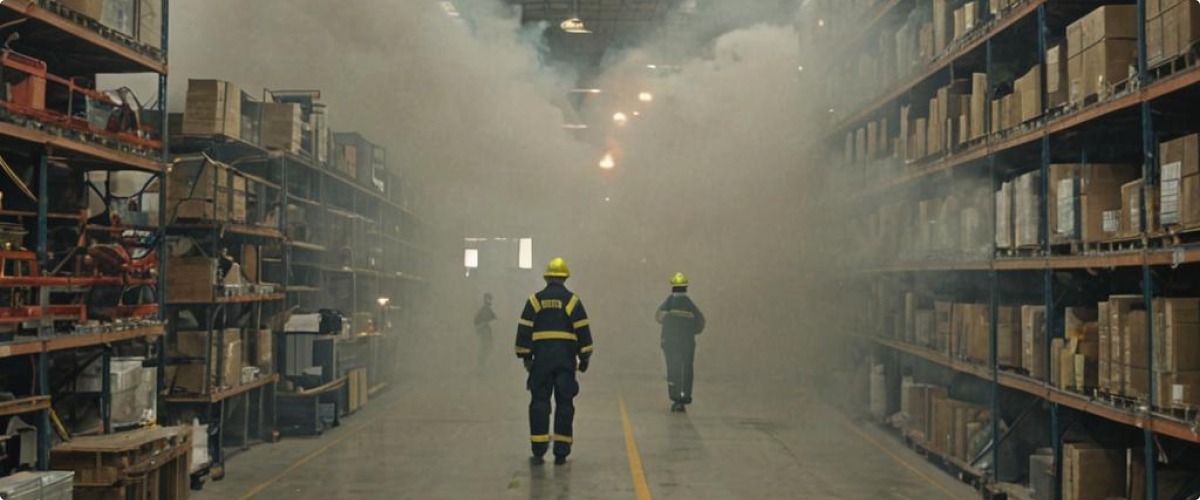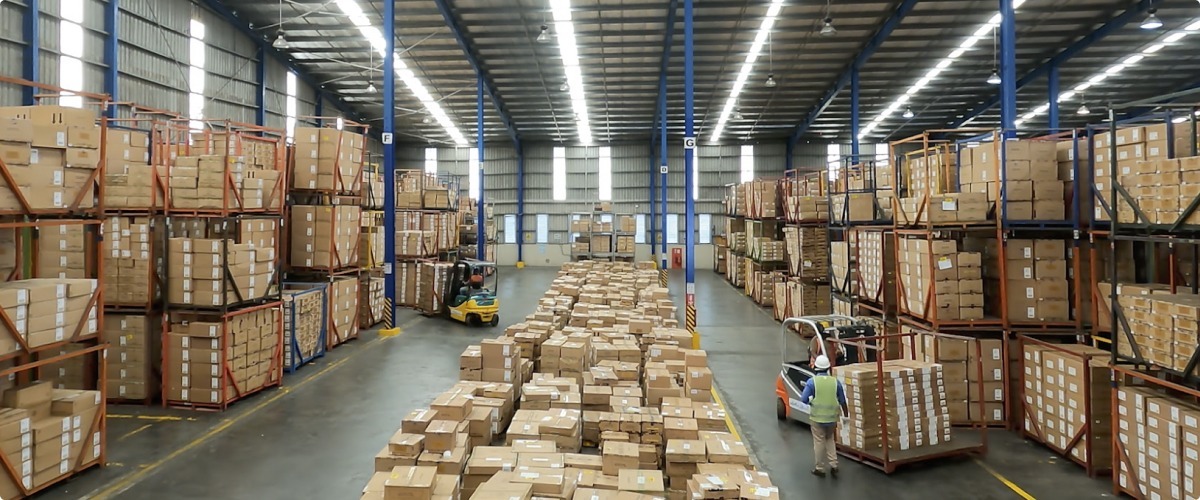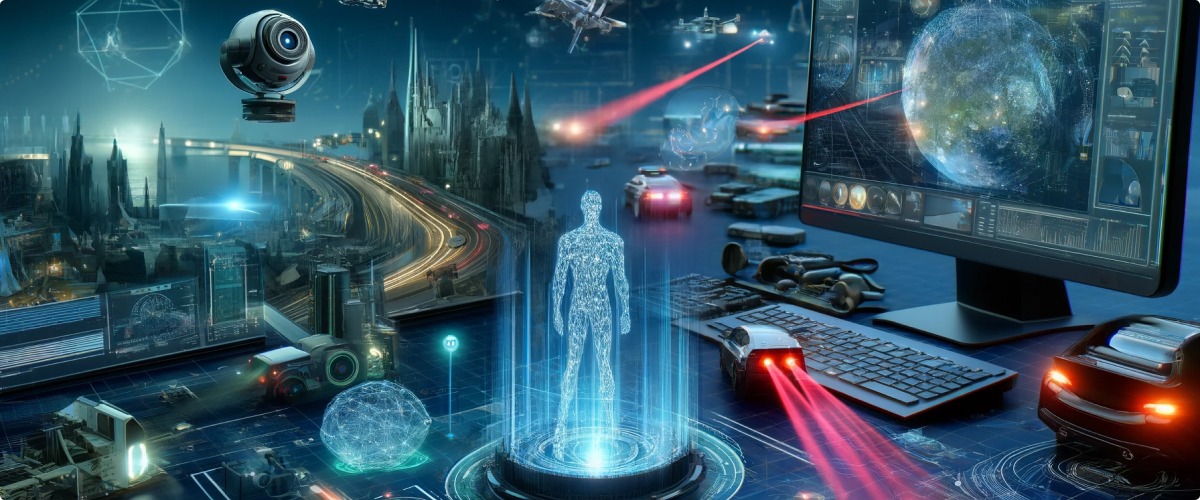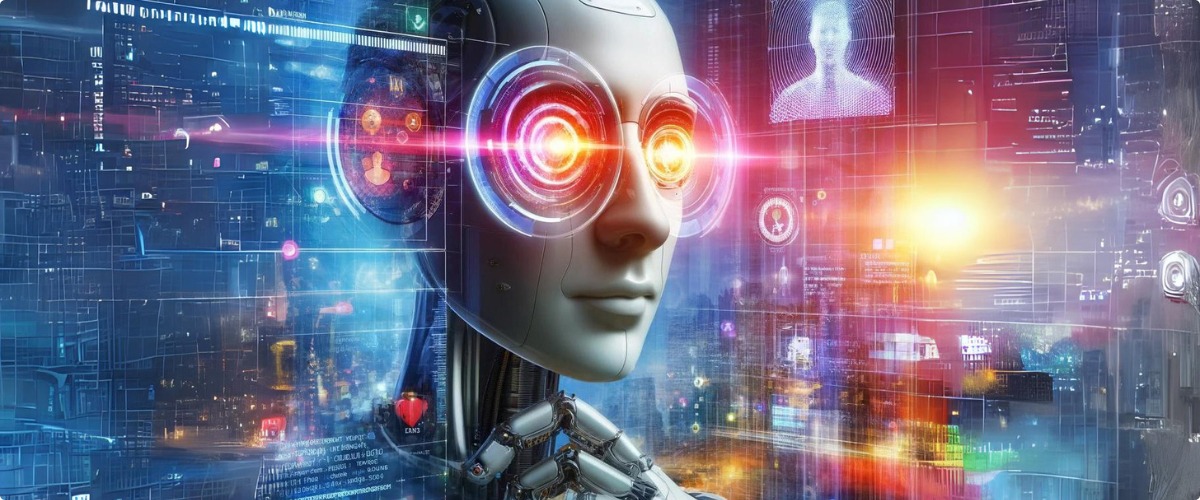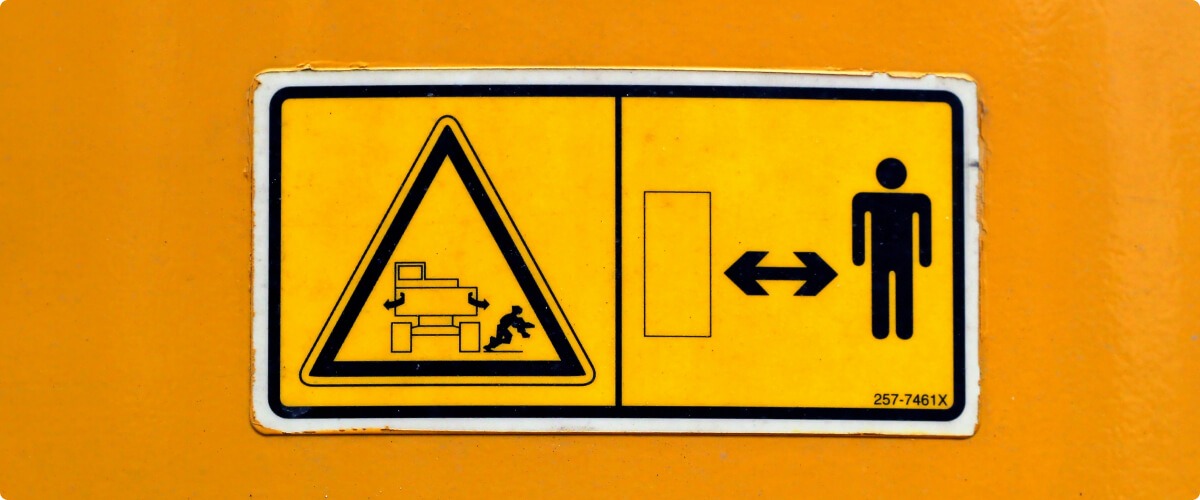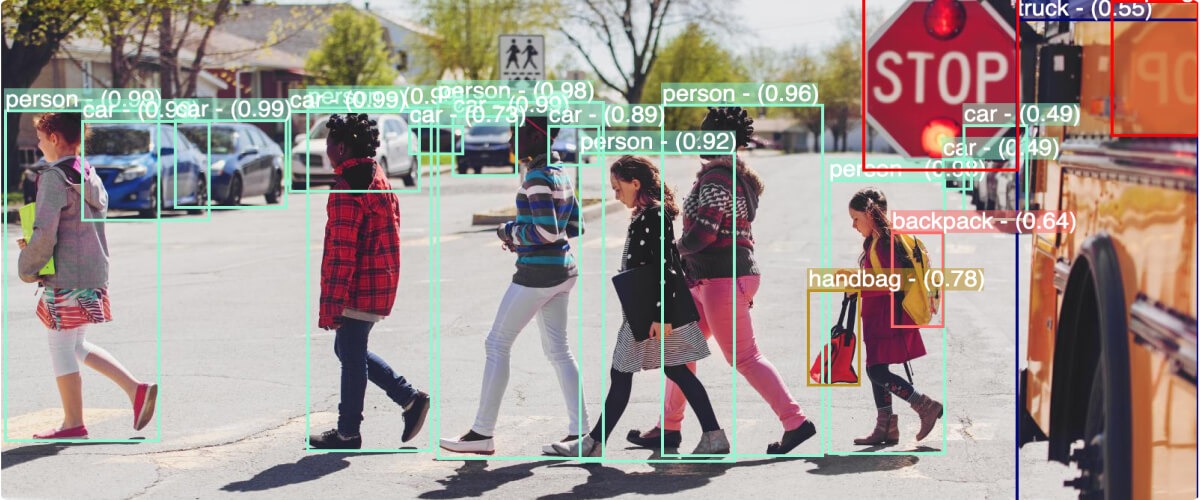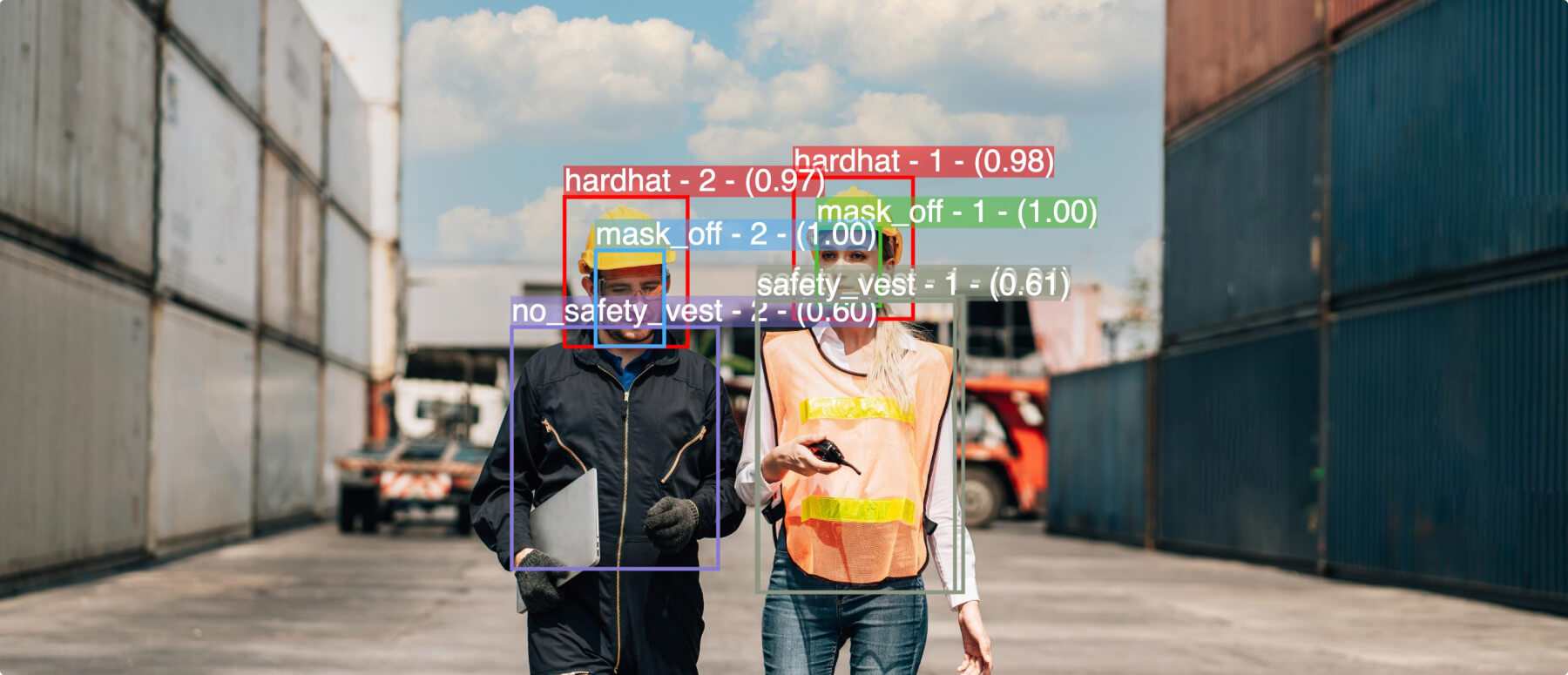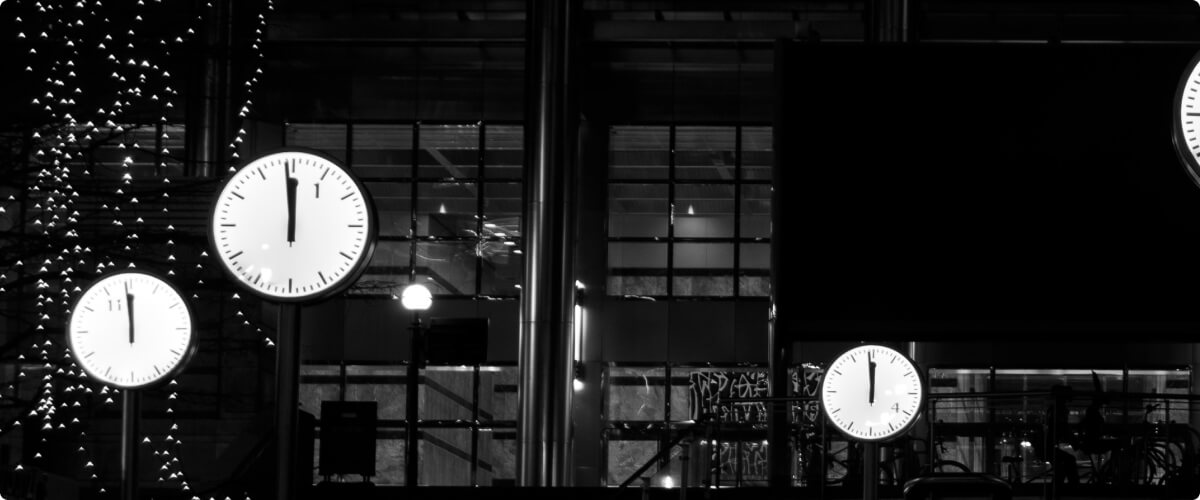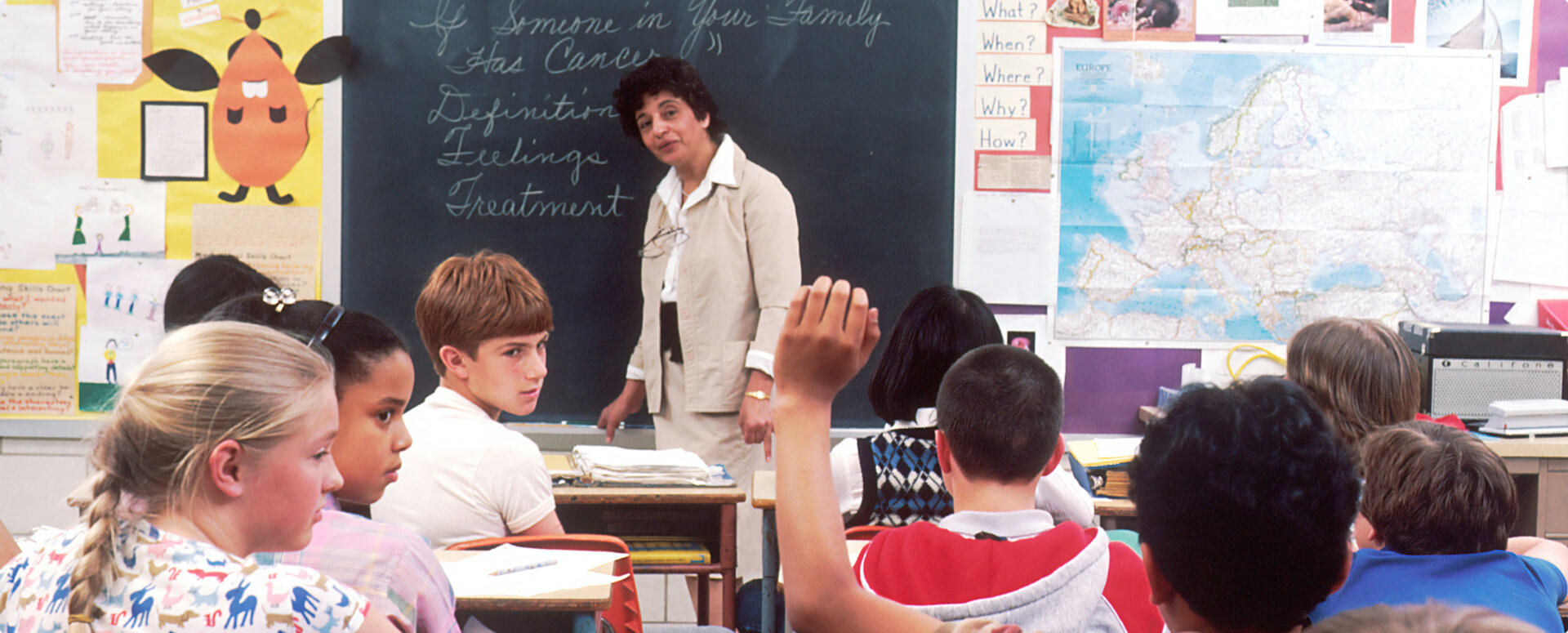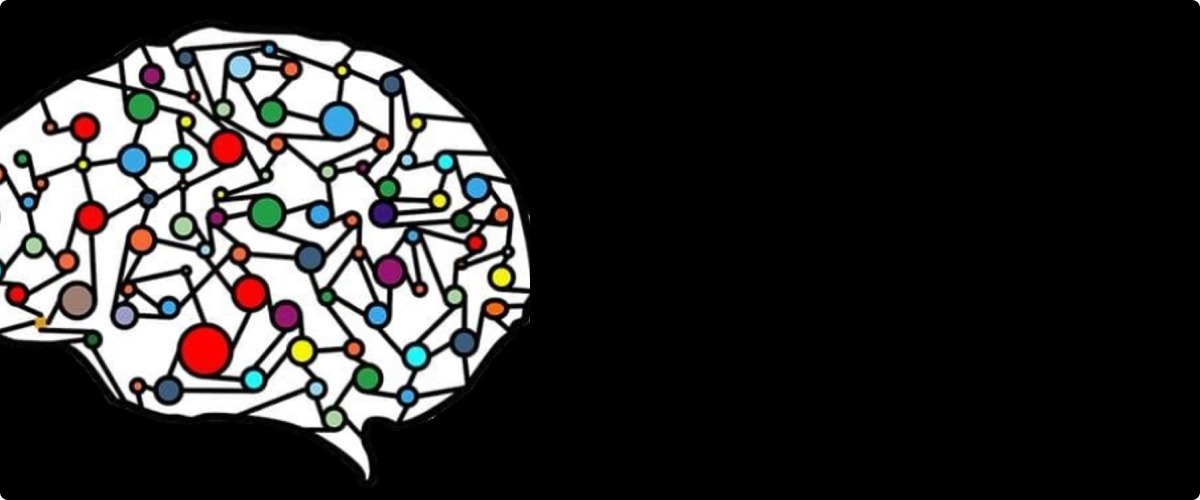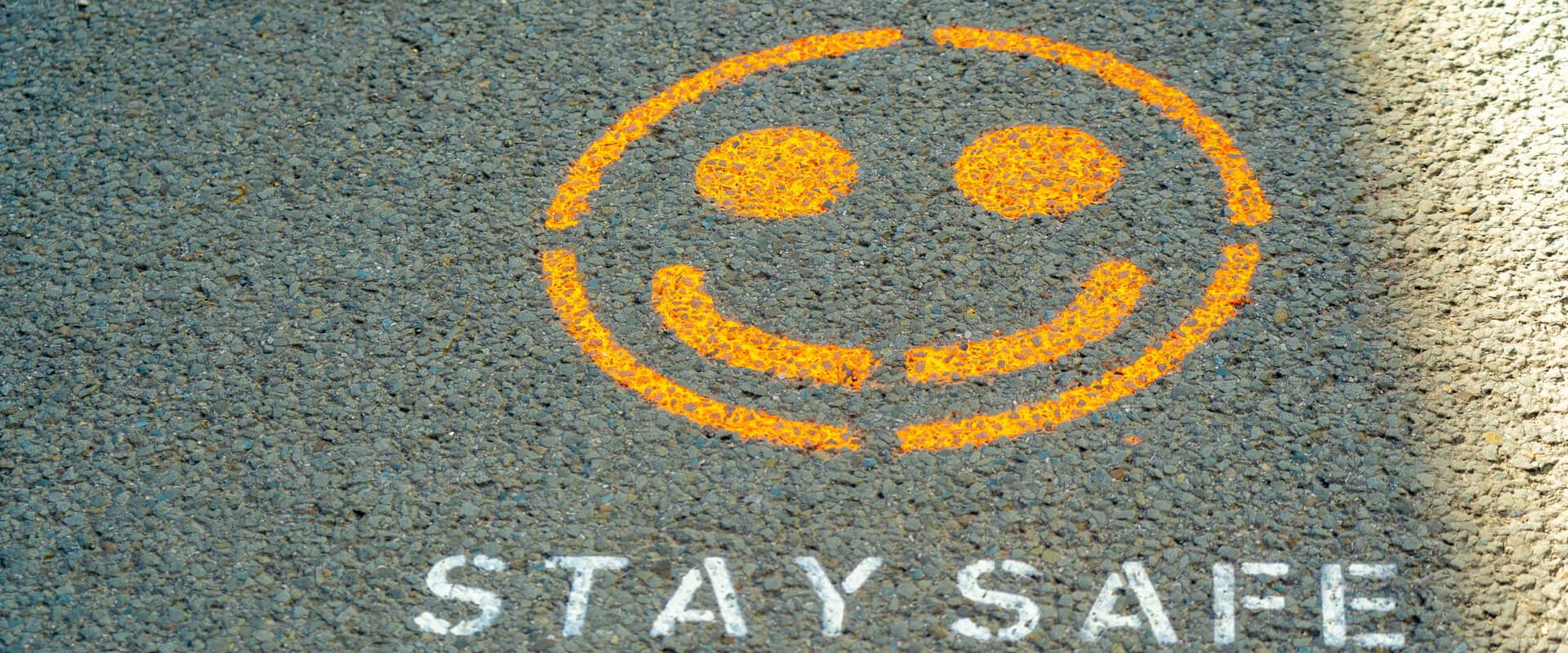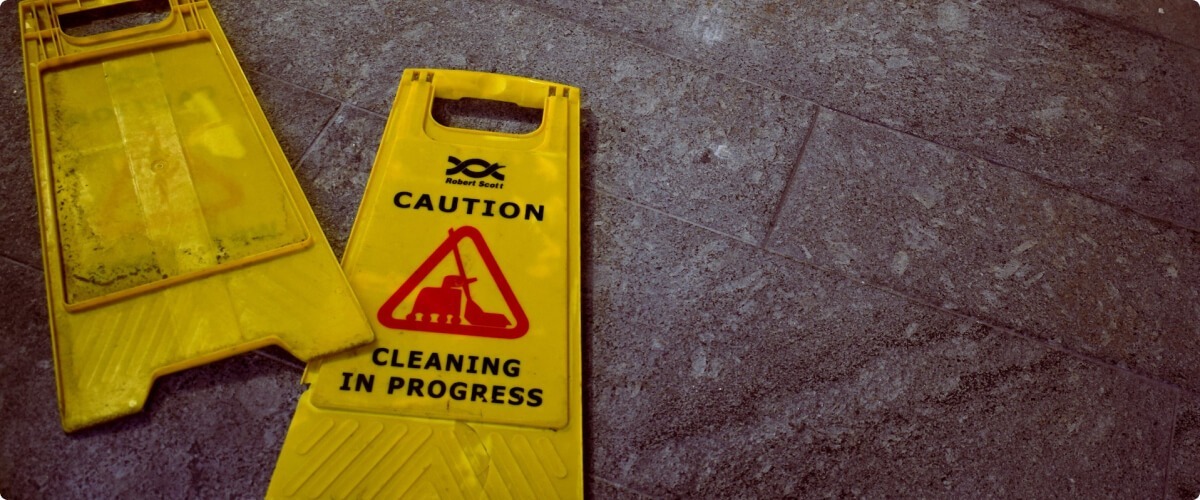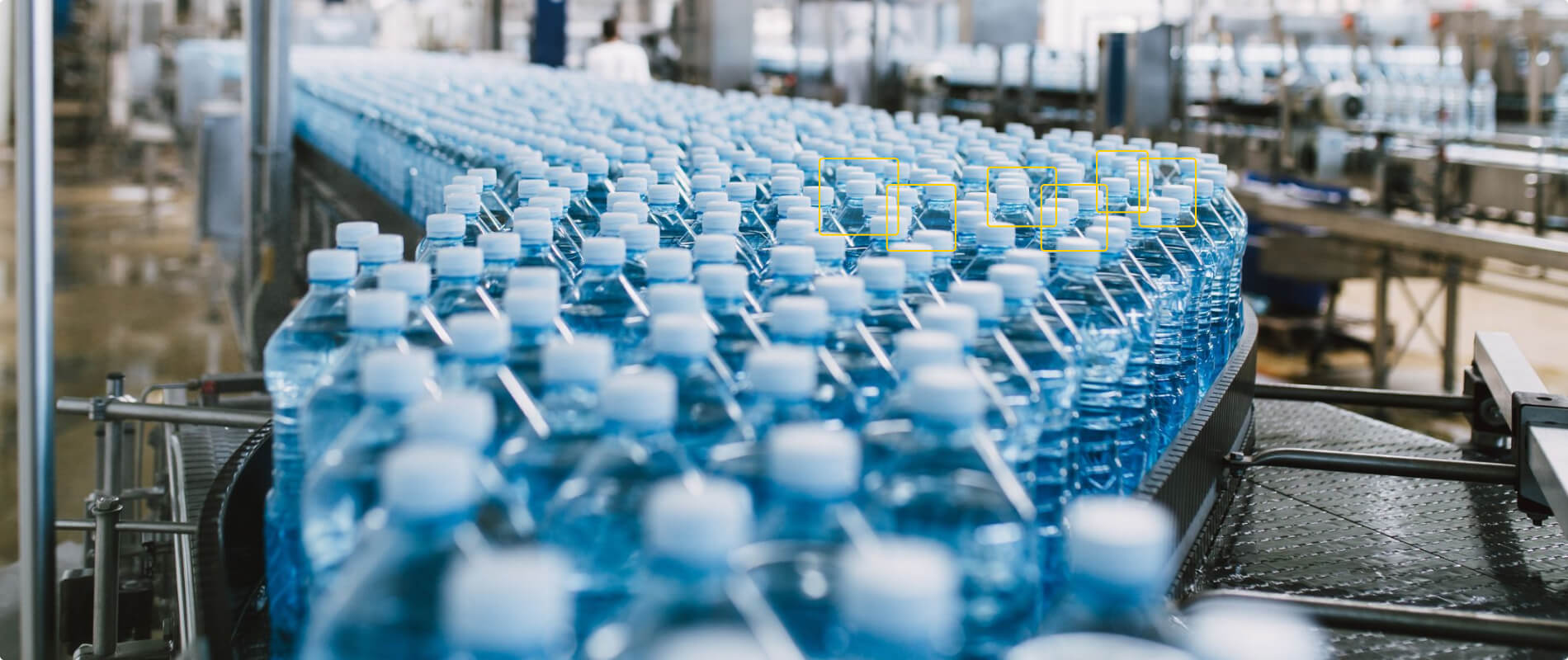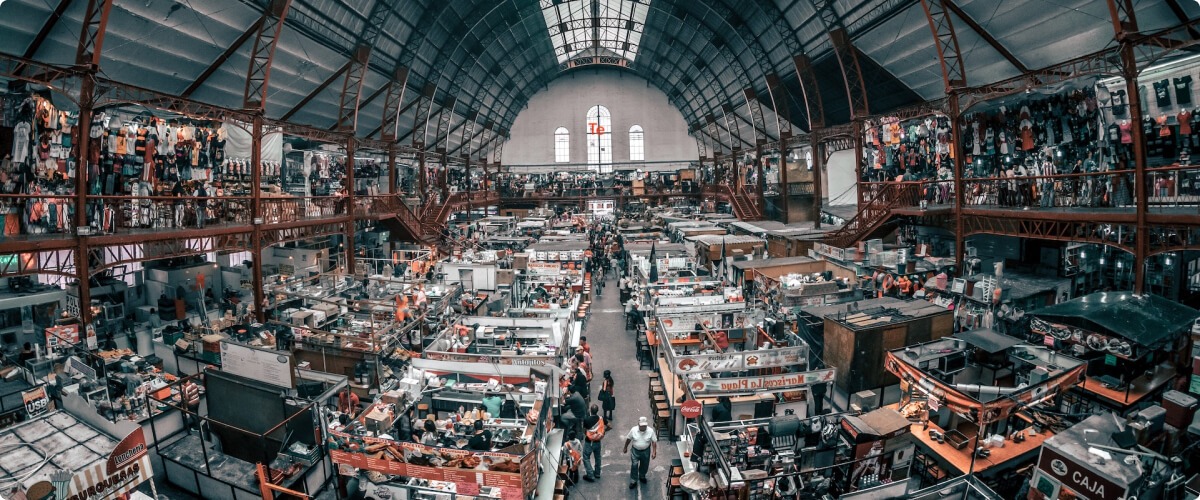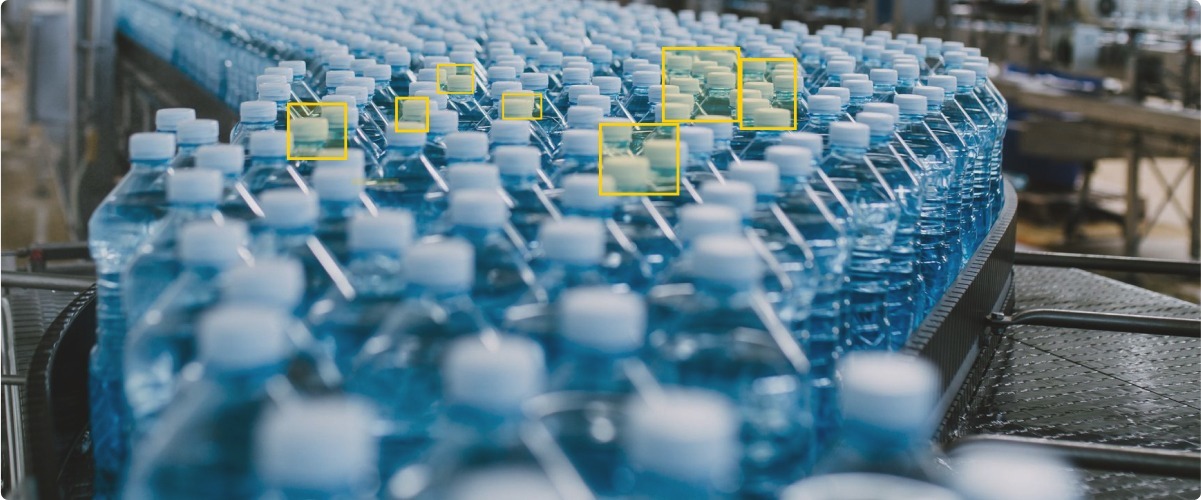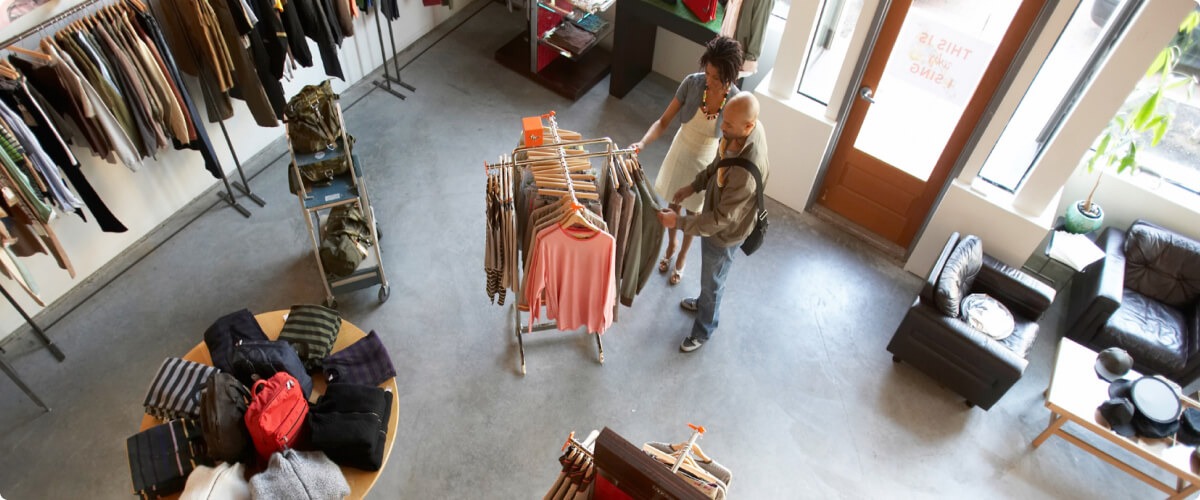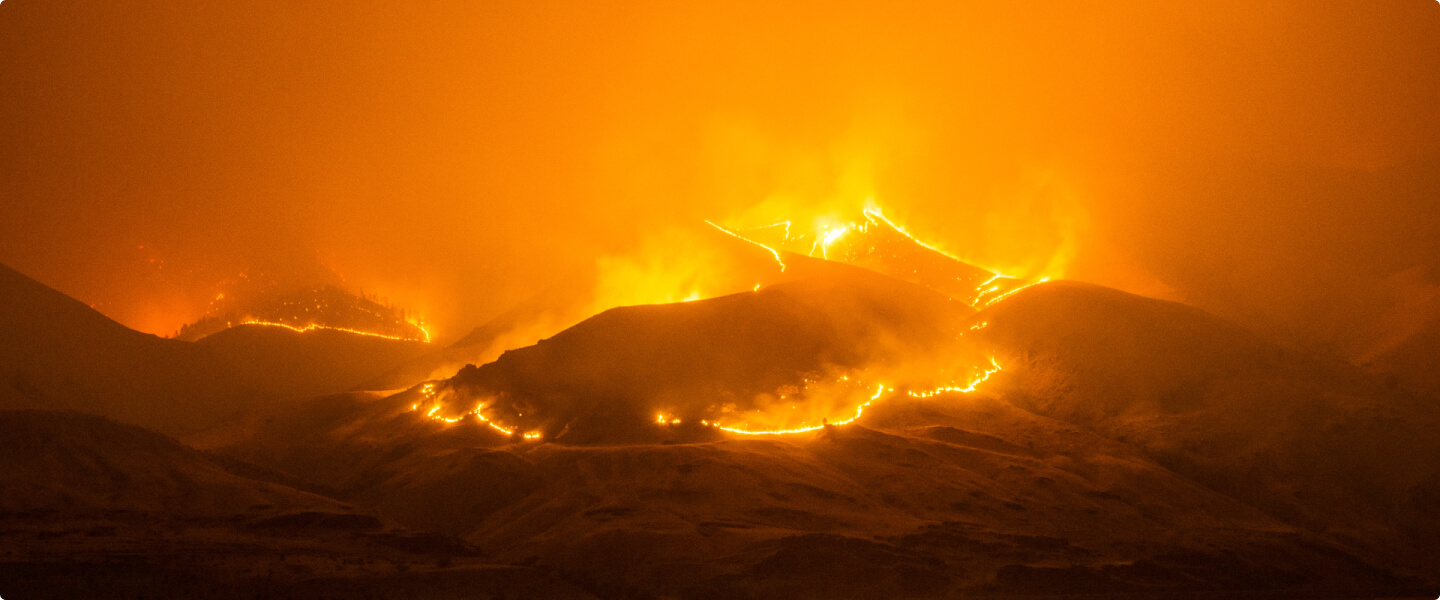Industrial and manufacturing are two of the most high-risk sectors for workers—but that doesn’t mean you can’t enact safeguards and protections for worker safety while on the job. By using AI to enforce compliance with all applicable environment, health, and safety (EHS) regulations, you’ll be much more likely to avoid accidents and the long-term complications they entail for both workers and their employers.
According to the U.S. Bureau of Labor Statistics, there were 2.8 million nonfatal workplace injuries and illnesses in 2019. This includes over 400,000 nonfatal injuries and illnesses in the manufacturing sector, which accounts for 15 percent of all workplace accidents in private industry. Meanwhile, according to the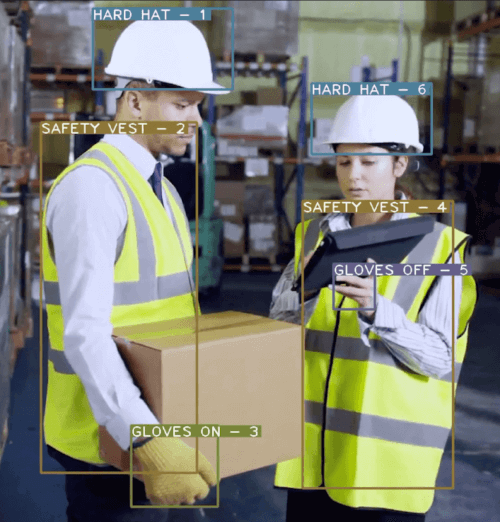 National Safety Council, the construction sector experienced the most workplace deaths in 2019, making it arguably the “most dangerous industry.”
National Safety Council, the construction sector experienced the most workplace deaths in 2019, making it arguably the “most dangerous industry.”
Far too many injuries in industrial and manufacturing settings are preventable—and many of these are due to improper usage of personal protective equipment (PPE). For industrial and manufacturing occupations, appropriate PPE may include:
- Hard hats, safety helmets, and other headwear. Safety headgear protects workers from head injuries such as impacts, falling and flying objects, and burns and electrical shocks.
-
-
- Safety glasses and other protective eyewear. Safety glasses protect workers from hazards such as debris and flying particles, heat, light, and radiation.
- Safety vests and other reflective apparel. Safety vests improve workers’ visibility, alerting other people to their presence and protecting them from accidental impacts from vehicles and heavy machinery.
-
The benefits of enforcing proper industrial PPE usage include:
- Fewer workplace accidents. Wearing PPE reduces both the frequency and the severity of workplace accidents.
- Better company culture. Employees feel better working for a company that demonstrates it cares about worker safety.
- Fewer lost wages and productivity. Injured employees lose out on wages and may have to go on short- or long-term disability, while employers miss out on the employee’s productivity and expertise.
- Lower insurance premiums. Limiting the number of workplace accidents also helps employers avoid additional insurance costs.
- Decrease in litigation. Fewer workplace accidents means less stress and expenses associated with personal injury or wrongful death lawsuits.
Detecting proper industrial PPE usage with computer vision
Despite the benefits of wearing PPE, your managers and employees are only human—so how can you ensure that your workers are actually using PPE properly at all times? The answer lies in AI and computer vision models that can analyze camera footage in a fraction of a second, detecting safety headgear, glasses, and vests (and sending alerts when they’re not detected).
The feature-rich, yet user-friendly, Chooch AI platform brings the power of computer vision to the masses. From the Chooch AI dashboard, users can easily oversee and manage their devices and models. Chooch gives users the freedom to train and deploy sophisticated custom AI models that fit their needs and use cases—including detecting whether workers are properly using PPE while on the job site.
You can see the PPE detection process in action in our short video AI Models for PPE Compliance. Learn more how computer vision can help protect your workers and create a workplace safety culture. You can also get in touch with our team of AI experts for a chat about your business needs and objectives

